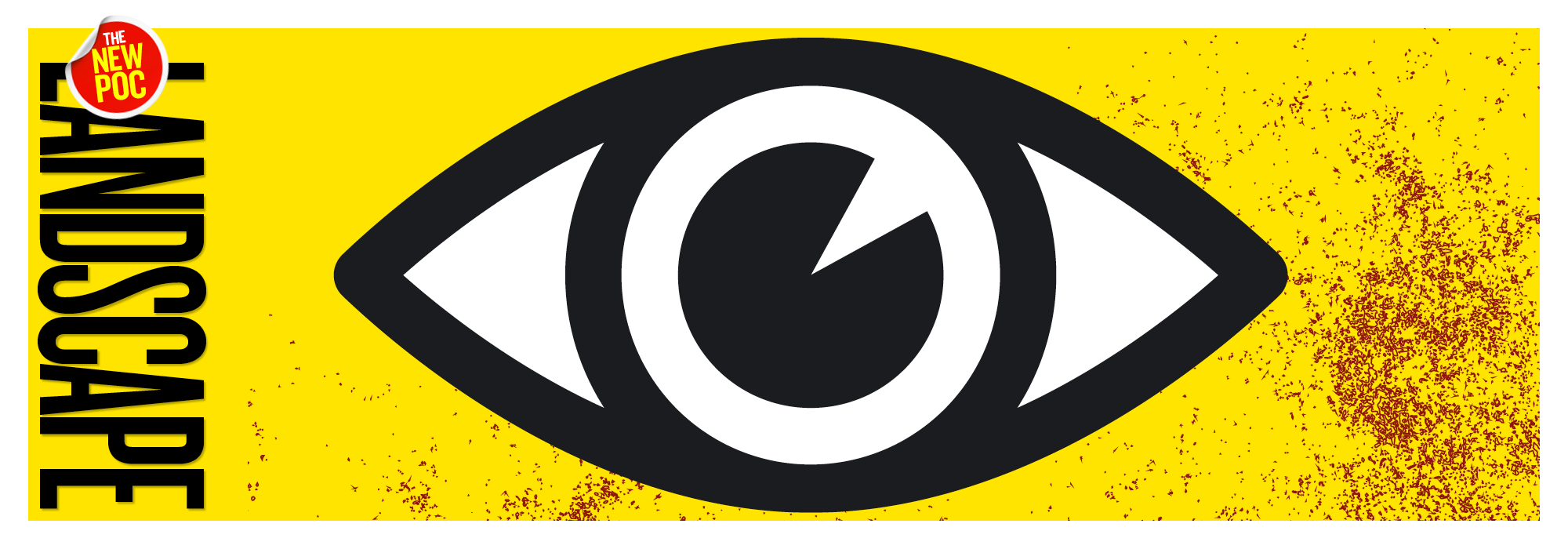
This is the second in a three-part series delving into one of marketing’s most misunderstood media spaces.
Buyers of point-of-care media now have their own consortium, MM&M has learned.
Several media-buying agencies have formed an association, bringing leadership and expertise together on the agency side to expedite creation of verification standards in the POC media channel. Multiple media agencies have signed on.
“A buyers association has been formed in response to the events of the past [10] months,” a source told MM&M. “The group includes representatives from IPG, WPP, Omnicom, and MDC Media.” A formal statement is planned for later this summer.
Their goal, according to members interviewed for this article, is to enact standards around performance, such as auditing and assessment, that satisfy requirements of their healthcare clients and foster understanding of their perspective among media owners.
The move, which could help reestablish trust in the POC landscape, comes nearly a year after The Wall Street Journal broke a story claiming some employees of the POC media firm Outcome Health had charged pharmaceutical companies for ads on more video screens than Outcome Health had installed, and that some employees had allegedly padded data about campaign performance.
At the time, Outcome Health
told MM&M the alleged incidents occurred between 2014 and 2016, and it denied having a practice of misreporting information to customers. However, amid questions about Outcome’s performance, a number of major advertisers and media agencies pulled tens of millions of dollars of healthcare ad spend.
Those that halted media plans due to reservations about the firm’s performance included Healix, which is Interpublic Group’s life science and healthcare media agency, and Omnicom Group. Both have representation in the new buyers’ group.
A first step needed, these buyers say, is to restore confidence that POC — a media channel that encompasses everything from wall boards and tablets in doctors’ offices to exam room screens and other kinds of networks — is being properly monitored. Clients and agencies want to feel comfortable with the metrics and ensure they’re being upheld in a way that’s acceptable to all parties.
“Metric number one: make sure it’s actually a real product,” said Jeffrey Erb, president of Healix. That is, ensure there are actually screens or wall boards in the doctor’s office, that delivery of media is being effected, and that people aren’t randomly making up numbers of foot traffic in the office, he urged.
“It’s not proof-of-performance with regard to achieving past goals, but demonstrating that what [media networks] are claiming is actually happening,” said Erb. His other requirement: The network should not be the one picking the outside auditor.
Are they endorsing any specific kind of media measurement? “What we’re finding is we need to customize our approach,” said Ryan Laul
(pictured below), president of Outdoor Media Group, the out-of-home/location-based media arm of Omnicom Group.

Laul said agencies are considering a mix of syndicated research with one-off approaches for individual media owners. Some form of third-party checkup is likely to be part of the mix. “One major initiative the group could drive is some consensus around what we’re looking at in terms of measurement.”
Erb, who has been quoted as saying he wouldn’t put any more money into the channel until he knows sellers’ performance is being monitored by a third party with whom he’s comfortable, told MM&M, “I have clients who want the inventory so badly that I need to figure out the best ways to go about it.”
Indeed, despite a healthy dose of skepticism among brands, demand for the POC channel remains healthy, albeit pent-up. “Pharma clients love the [POC] space because they can show script lift and can match physicians by various specialties,” observed Laul. In addition, patients are more willing to fill a prescription after seeing healthcare advertising in the doctor’s office,
research has shown.
Yet, “The [POC] space right now is very raw,” continued Laul. “There’s room to, for lack of a better term, tighten things up. You have multiple formats in any one particular waiting room or exam room, and multiple media owners.” To have competing media owners with different formats in the same POC space, he said, “could turn clients off.”
Moreover, in the wake of the Outcome setback, each agency has different processes and is asking for different proof points. The buyers’ group could streamline what agencies are requesting from networks.
All indications are that the group will be collaborative. Both Laul and Erb said their agencies are working with networks, including Outcome Health, to provide a more elevated level of service to clients and to deliver proof of campaigns.
The sellers, for their part, are also working on a measurement framework. At a meeting of the Point of Care Communication Council (PoC3) in May, the trade group, which represents networks, said campaign-level auditing best practices were being developed. When asked what comprises the audit, a member of its standards committee said details would be released “in coming weeks.”
“The ability to document targeting through media programs is not an unrealistic request,” said John Kenyon, VP/managing director, Meredith Targeted Media Health, which is Time’s dedicated patient marketing division and one of several traditional publishers to move into the POC space. (Time launched its own POC magazine under the Time brand in 2017, and is moving into video screens. It’s not yet a PoC3 member.)
“If you spend this amount and are told, ‘You’ll have this kind of exposure in these offices,’ there’s no reason to think that media owners shouldn’t be held accountable to ensure that’s the case,” said Kenyon.
Historically, POC has accounted for a small part of brands’ overall ad budget, with the larger investments going toward traditional media such as print, TV, and mainstream digital. But a survey of POC companies and media buyers last year had shown that between 10% to 20% of pharma brands were shifting their spend away from digital media to digital POC hosted by doctor’s offices or hospitals.
An estimated $500 million to $600 million is spent each year on POC marketing, with an estimated compounded annual growth rate of 10%. That rate, according to one analyst, was likely to rise to 15%, creating a potential $850 million market by 2020, MM&M reported last year.
Will new verification procedures be enough to keep that investment flowing? It’s at least a first step toward brands knowing they’re getting what they paid for, said Rachel Schlanger, head of partnerships, east, at the media agency Initiative, also part of IPG Mediabrands.
“We expect third-party verification to be upheld for any media that we’re implementing, so it’s really critical that it’s being done here,” she said at the PoC3 event.
“The fact it was uncovered that there were situations where we maybe weren’t getting everything we thought we were, and everything executed exactly as we had planned, and we weren’t finding out until significantly after the fact, leads to distrust,” Schlanger said, “and causes a lot more focus among [those of] us working on behalf of our clients to recommend the best media decisions.”
Having verification as a minimum standard, she said, “is what will enable us to continue to have those conversations of how we might grow in the future.”
For the first part in “The New POC Landscape” three-part series, click here.
From the August 01, 2018 Issue of MM+M - Medical Marketing and Media








